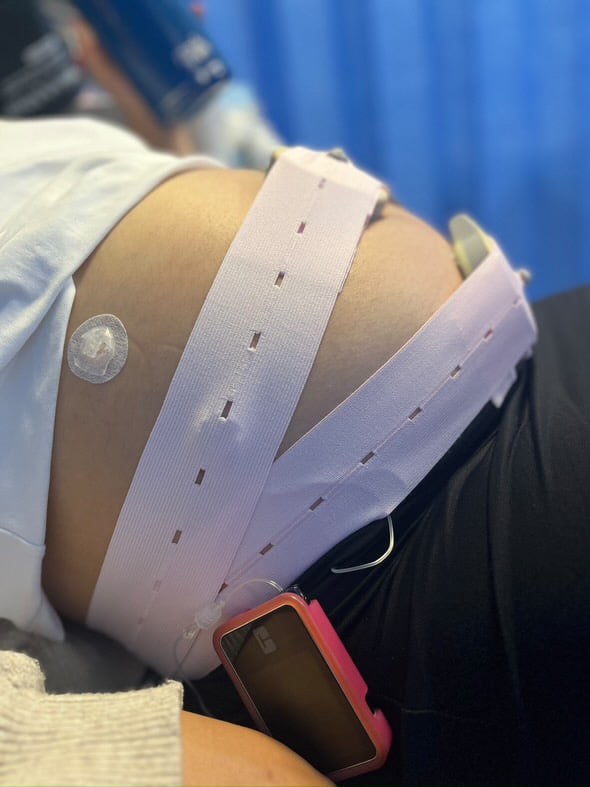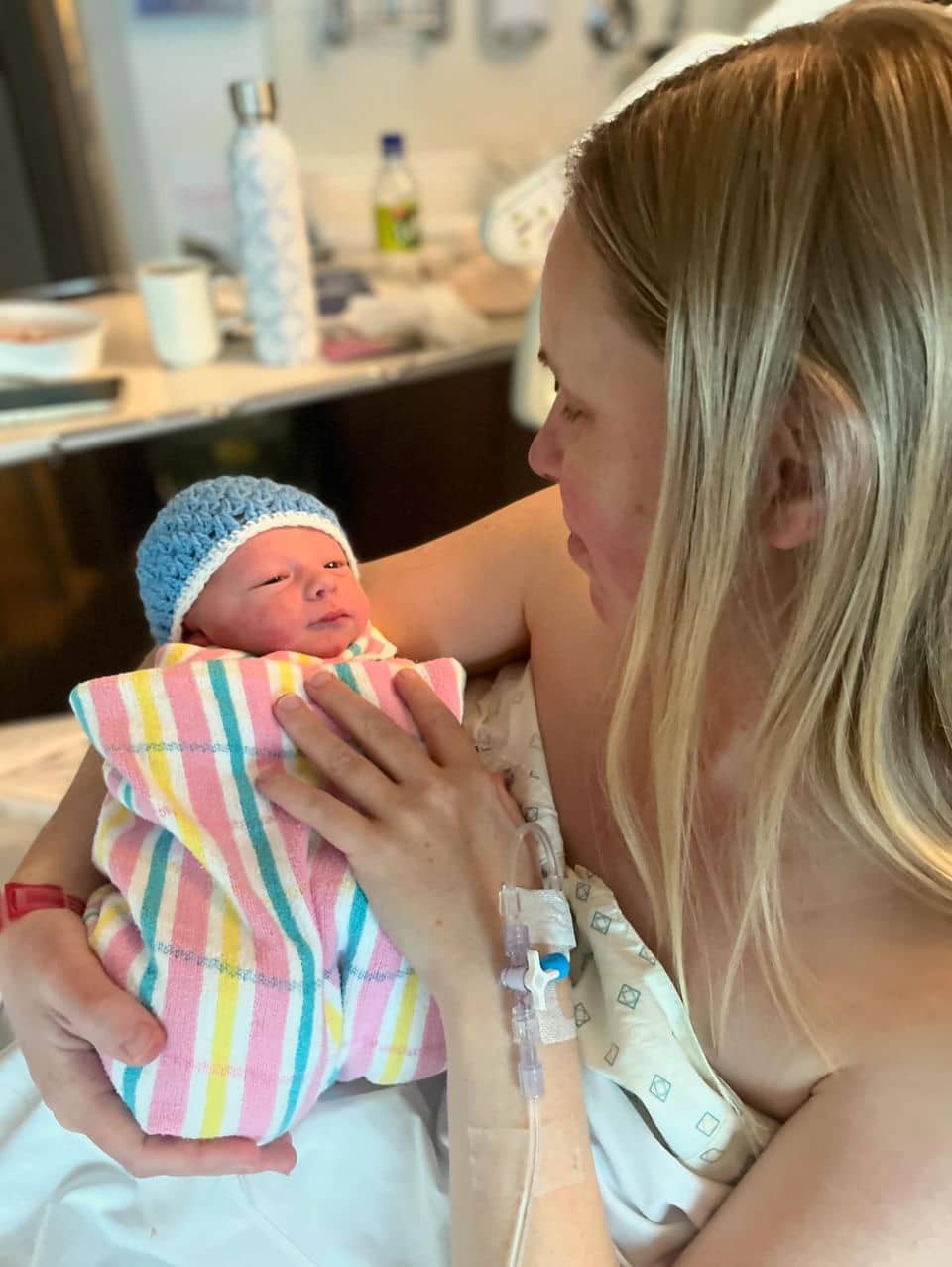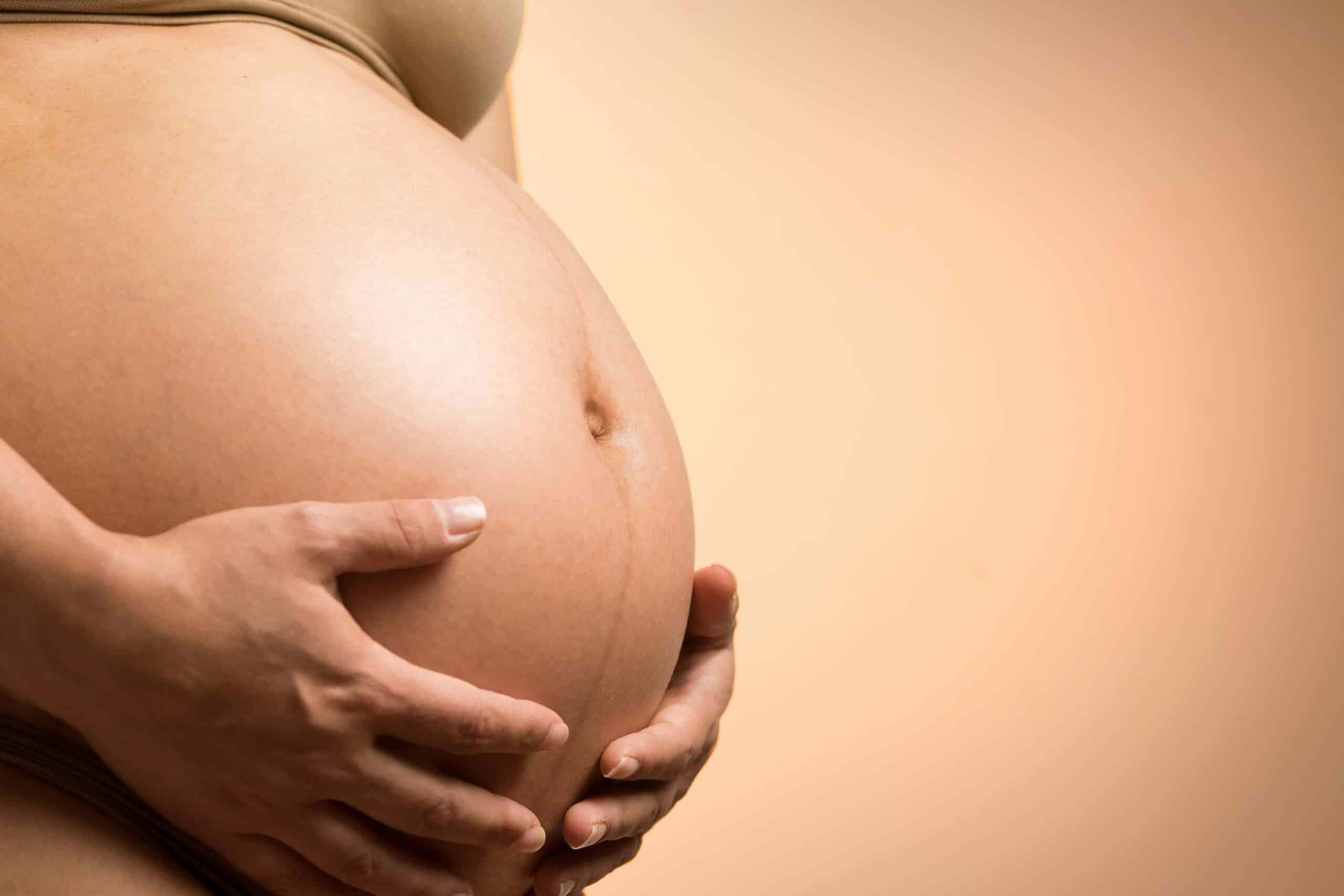Pregnancy Bleeding In Pregnancy
Bleeding In Pregnancy

Bleeding in pregnancy can definitely be scary. One in four women will bleed in early pregnancy, many of whom go on to have a healthy baby.
If you observe any sign of blood – light, heavy, persistent or occasional spotting – it’s best to see your GP or care provider. If it’s early in your pregnancy and you’re not sure what to do (and you’re yet to register with an obstetrician or midwife), you can always go to the emergency department at your local hospital. In no circumstances do you need to sit at home worrying by yourself.
Bleeding in early pregnancy can be a sign of:
- Miscarriage (pregnancy loss)
- Ectopic pregnancy (where the embryo has been implanted outside the uterus, commonly in the fallopian tube)
- Implantation (find more information here)
- Normal changes to the cells in the cervix
It can also be a symptom of a subchorionic hematoma or placenta previa (more common after 20 weeks gestation). These conditions can only be diagnosed by ultrasound and don’t often pose a serious risk to you or your baby. However, because heavy bleeds can sometimes cause clots and other complications, they will generally require further ultrasound monitoring throughout your pregnancy.
What is a subchorionic hematoma?
Also known as a subchorionic bleed, a subchorionic hematoma is the accumulation of blood between your amniotic membrane known as the chorion ( the membrane that surrounds your baby) and your uterine wall or under the placenta itself. The chorion also makes up part of the placenta, and subchorionic bleeds often appear near the placenta. Subchorionic bleeding occurs when the placenta detaches from the original site of implantation.
The presence of a hematoma may not cause any bleeding at all and most resolve on their own (the body simply reabsorbs it). However, it can cause bleeding; anything from persistent light spotting to significant and confronting heavy bleeds.
Subchorionic hematomas are a common cause of first-trimester bleeding although it only affects a small number of women. That said, it is more common in IVF pregnancies. It can only be diagnosed by ultrasound and in rare cases, you may be encouraged to go on activity restriction and asked to avoid sex, especially if it’s large and located towards the bottom of the uterus.
Risk factors for subchorionic hematomas include:
- History of recurrent miscarriages
- History of pelvic infections
- Severe high blood pressure
- IVF
What is placenta previa?
Placenta previa is diagnosed when the placenta is attached close to or covering the cervix (the opening of the uterus). Placenta previa occurs in about one in every 200 births. Even though ultrasound may show a low-lying placenta in early pregnancy, only a few women will develop true placenta previa. It is common for the placenta to move upwards and away from the cervix as the uterus grows (this is called placental migration).
There are three types of placenta previa:
- Total placenta previa: the placenta completely covers the cervix.
- Partial placenta previa: the placenta is partially over the cervix.
- Marginal placenta previa: the placenta is near the edge of the cervix
There aren’t any known causes of placenta previa but it is associated with certain conditions, including:
- placenta previa in a previous pregnancy
- advanced maternal age (over 35)
- fibroids or other abnormalities of the uterus
- scarring of the uterine wall from previous pregnancies
- previous uterine surgeries or caesarean birth
Bleeding caused by placenta previa typically occurs in the third trimester as the lower part of the uterus thins in preparation for labour. Subsequently, this causes the area of the placenta which covers the cervix to bleed. The more of the placenta that covers the cervix, the greater the risk for bleeding. Other risks include:
- abnormal implantation of the placenta
- slowed fetal growth
- preterm birth
If your placenta is partially or fully covering your cervix after 34 weeks, your care provider will monitor it closely on ultrasound and inform you of the risks of premature labour and the rare occurrence of placental abruption (premature separation of the placenta from the uterus). If you start bleeding and experience premature labour, you can expect to be hospitalised and, depending on your gestation, you may be sent home and put on activity restriction (bed rest). Vaginal birth isn’t possible with placenta previa as the placenta blocks the cervix, hence a caesarean birth is necessary.
Our Podcast Picks for You
Categories
Related Products
-
Welcome to the First Trimester
11 reviews$67.00An informative and comforting 5-part audio course guiding you through the first 12 weeks of pregnancy.
Get your copy of our Perineal Massage Guide in your inbox
Keep Reading
We think you might enjoy these articles

Pre-existing Diabetes and Pregnancy: What You Need to Know

Harnessing the Power of Acupressure: A Natural Approach to Preparing for Birth

Thoughtful Christmas Gifts for your Pregnant Friend.

What is Pre-eclampsia?

Non-invasive Prenatal Testing (NIPT)
@AustralianBirthStories
Follow along with us
@AustralianBirthStories
Follow along with us
@AustralianBirthStories
Follow along with us
@AustralianBirthStories
Follow along with us
@AustralianBirthStories
Follow along with us
@AustralianBirthStories
Follow along with us
@AustralianBirthStories
Follow along with us
@AustralianBirthStories
Follow along with us
@AustralianBirthStories
Follow along with us
@AustralianBirthStories
Follow along with us
@AustralianBirthStories
Follow along with us
@AustralianBirthStories
Follow along with us





